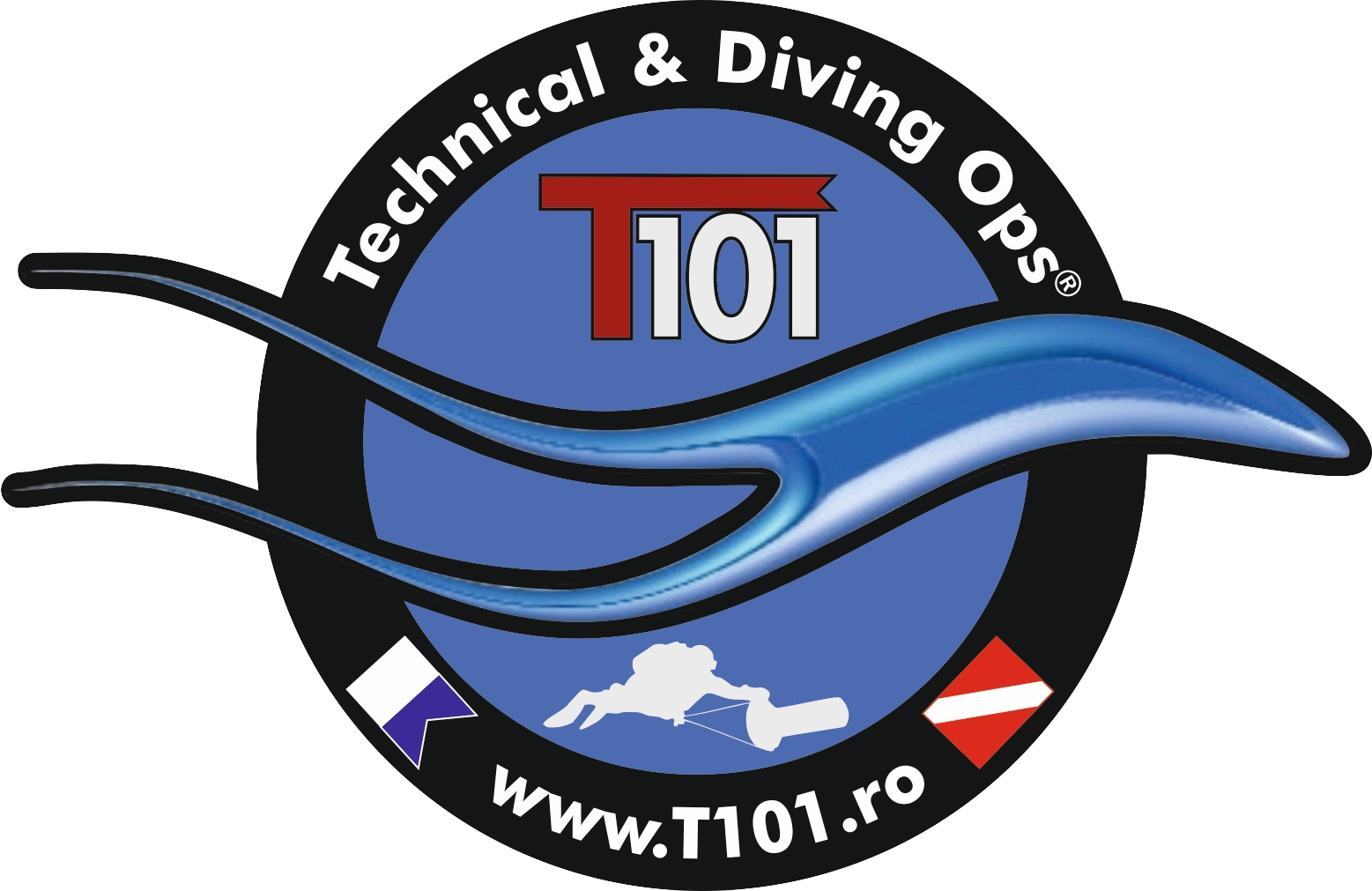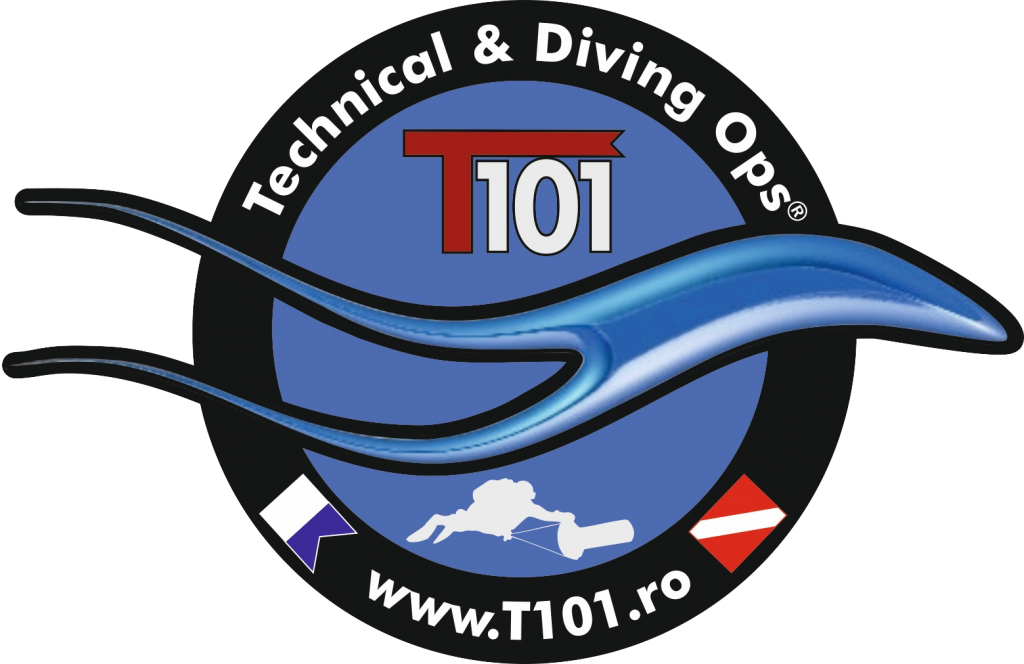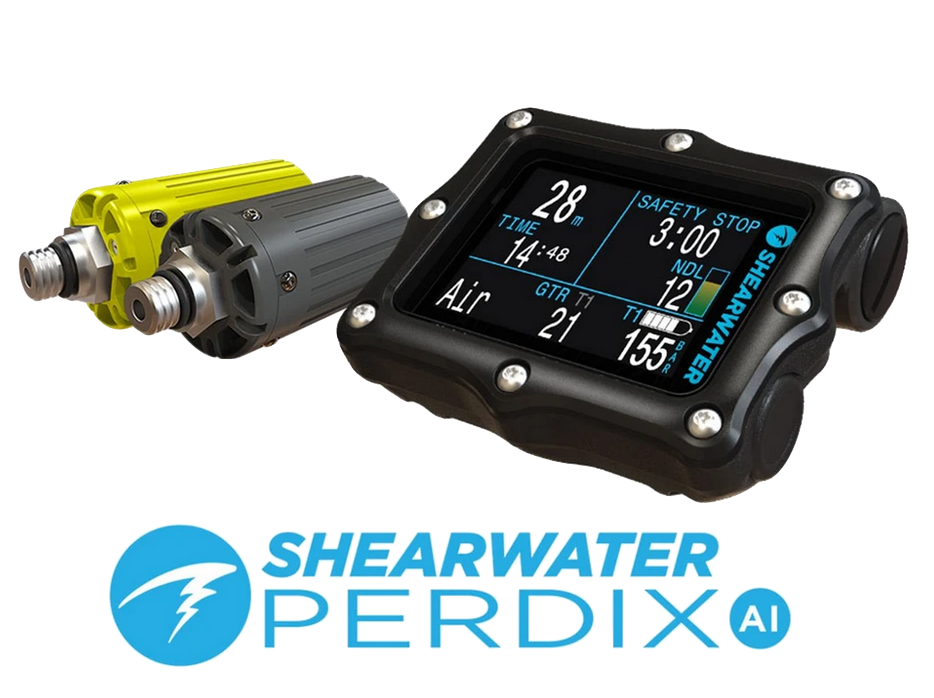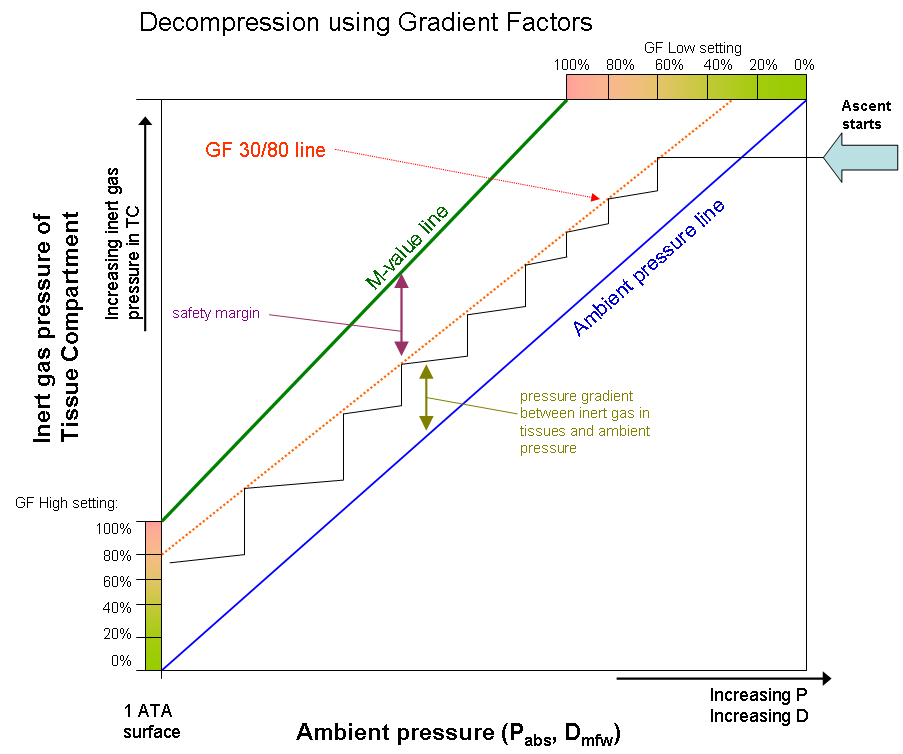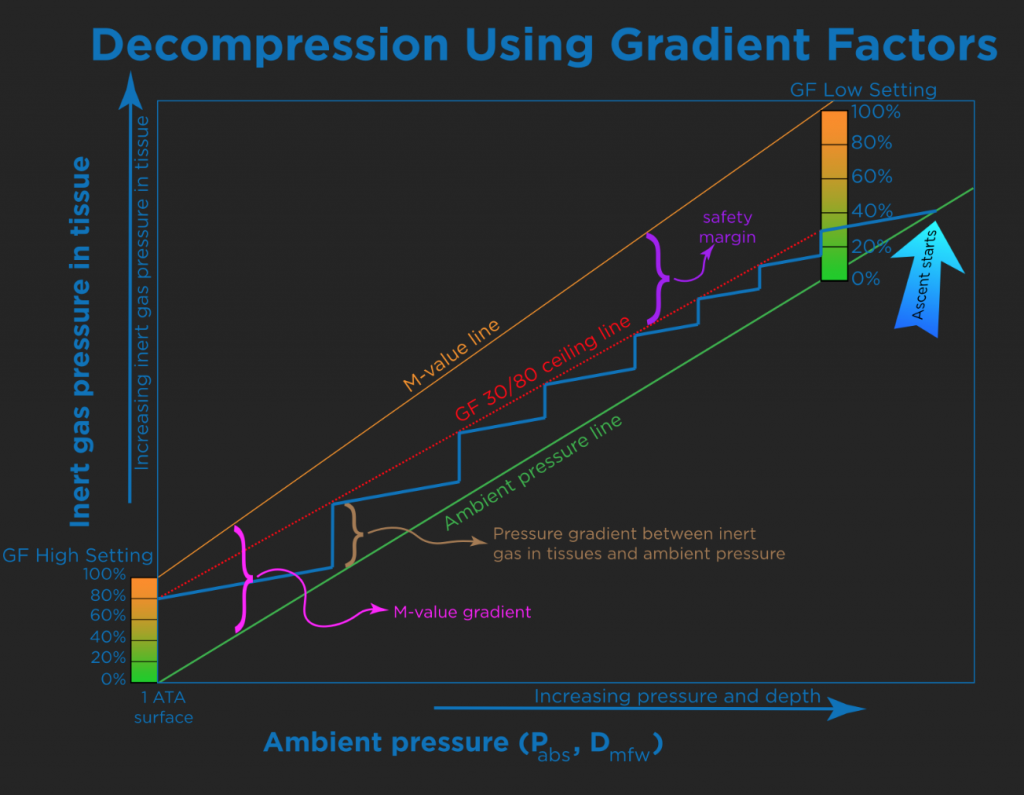Garmin is no doubt about it, one of the best (sports watch) brands in the World. They cover a wide range of products, from marine to aviation professional equipment, from “terrestrial” sports to scuba diving.
Being the owner of a few “terrestrial” watches (Forerunner 945, Fenix 6 Saphire), I decided a few months ago to move further and purchase their latest beast, Mk2i.
I did not choose “i” version for the Air Integration function (I am not a big fan of this system in general) but for the blue color of the buttons. I know… weird, right? 🙂
As a sports watch, it covers almost everything a user can dream and do. Same as 6 & 7 versions. The extra functions are related to SCUBA diving. Single Gas (Sport OC), Multi-Gases OC (Technical), CCR, Apnea… lots of functions and alarms, Gradient Factor flexibility in settings. Not bad at all. Usable as a sports & office watch (with super fast replaceable QuickFit bands), it sounds like a good option overall when you have to look into the vast options of diving computers.
So, I did a couple of good dives, in CCR mode. Fully geared, with my 2 beasts: JJ-CCR & SF2eCCR (with a Shearwater Petrel 2 as the main dive computer controller on my left hand) and a Shearwater Predator (oldies but goodies mo-fo) as a backup computer. Plus an underwater navigational compass, and a self-check mirror. All on my right hand.
This makes me look like I am going to Mars. Or something like that.
Despite the good overall functions, my first impression… is not positive. Not at all! With multiple devices in my hand, the computer’s buttons are easily pressed and self-changing the displayed options.
- Very unpleasant to find yourself during a CCR dive that your mode was switched to OC. Or the setpoint changed from 0.7 to 1.3 or vice-versa… Had this issue not just a single time but repeatedly! Really bad!
Returning to my main “scuba” display, I found it not easy, sometimes really annoying. Navigating into the diving menu while diving… not so intuitive. Buttons are a bit too small for dry gloves (or thick wet gloves). If your age is requiring some eye aid to see smaller characters… you are in trouble… Though the alarms were responding well and screen visibility quite well (despite my low-intensity setup).
Despite the sapphire crystal glass and Dimond-like Carbon bezel… is getting scratched quite easily on both. If you plan some heavy technical dives, look for some extra protection to extend its beauty.
Overall impression?
As a sports dive computer (Single Gas, Apnea, Gauge)… I will give it a “go”.
As a technical dive computer – so far, “no go”. Still need to test it and find the best option to integrate it into a complex diving configuration. Later update: NO. End of story!
It is expensive (top range of the prices), but mainly due to the sports option. If you are planning to not use it extensively as a sports watch and you buy it just (or mainly) for diving… then you have much better options (in price and operational way). You have dive computers from Cressi, Mares, Aqualung, Scubapro, etc. And of course, Shearwater Research is the top quality option.
Again, look for and understand the algorithm used. Not only the price and fancy functions!
If you want a small size “office style” dive computer but to still integrate it into technical diving, Shearwater Teric.
Be safe, dive safe and have fun!
Costa
ANDI Technical Instructor Trainer, TDI Trimix/CCR/Adv. Wreck/Adv. Gas Blending Instructor, DIRrebreather Instructor
